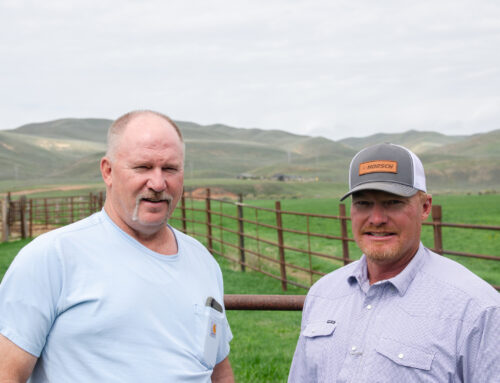To the new environment minister, Murray Watt: it’s time to get reforms right
May 12, 2025
Long overdue reform of national environment laws is unfinished business for the 48th parliament and the re-elected Albanese government.
Senator Murray Watt, a Queenslander, is well respected within the government and has a reputation for taking hard decisions and bringing together diverse stakeholders. Both of these attributes will be at a premium if the minister is to succeed where others have not.
Throughout the election campaign, expectations were raised that the failed attempts in the last parliament to overhaul and reform the Environment Protection and Biodiversity Conservation Act 1999 would be a priority for the prime minister in this term.
Three major attempts to reform environment laws have failed over the past 15 years, including in the first term of the Rudd government, during the Morrison government and again last term. All ended in more division and confusion.
For environmentalists, the need for the Australian government to play a stronger and clearer leadership role in stemming the protracted decline in the health of the natural world is an article of faith, backed by a depressing array of scientific reports that highlight the inextricable loss of wildlife and biodiversity, compounded by the real time impacts of climate change.
Extinction is not a moment in time but rather a consequence of thousands of small and piecemeal decisions over many years. A bitter harvest of large-scale extinction has been hard baked into our nation’s future. Without urgent change, including large scale restoration and reforestation of previously cleared country, we are leaving the future a landscape devoid of birdsong and wonder.
From the perspective of the natural world, the existing laws have so many loopholes that you could drive a truck through them. The logging of native forests and large-scale land clearing of carbon-rich and biologically important regrowth forests and woodlands continues to get the green light.
For business, the laws are perceived as placing a complex and environmentally ineffectual brake on economic development, including the rollout of renewables, new housing developments on the outskirts of our major cities and new mines.
The curse of our federated system of government and a constitution drafted to meet the needs of Australia in the late 19th century means that when it comes to protecting the environment and supporting new development, decision-making between all layers of government is conflicted, complex and confusing. We get the worst of all worlds, where process trumps environmental and development outcomes on every level.
Despite this, a blueprint for durable reform was put forward by Graeme Samuel, who conducted an independent review of the effectiveness of the laws in 2020. These recommendations became the heart of the Nature Positive Plan which was developed by then minister Tanya Plibersek in late 2022.
The Nature Positive Plan was centred on three key concepts. The first was an unambiguously pro-environment commitment by the Australian government to create and enforce clear national environmental standards.
These new and powerful standards were intended to make sure the government fulfilled its obligation to protect “matters of national environmental significance” in all its decision-making and to support long-term conservation planning, including support for recovery plans, regional plans and embedding genuine partnerships with First Nations communities.
The second element of the reform aimed to simplify decision-making in respect to major development projects, including through reform and possible accreditation of state government assessment and project approval systems, consistent with the requirements of the national environmental standards.
The third reform was the creation of an independent environment protection agency to build trust and accountability in decision-making, to ensure standards were applied, projects were compliant and to remove politics from the day-to-day of environmental policy.
These three pillars of policy reform remain critically important to build a durable pathway forward. To deliver them needs leadership from the highest levels of government at state and federal level. Attempts to drive these complex reforms through the environment ministry alone have failed every time over the past 15 years.
Furthermore, unless the states are brought in at the outset, many of the on-ground reforms required to stem the loss and to promote the restoration of nature will fail, as ultimately the states retain most powers to protect the environment.
The role and influence of the Western Australian government in helping to scuttle reforms in the past term are a case in point. It is easy to throw rocks from outside the tent – it is time for the state premiers to become part of the solution rather than blockers.
Long-term reform is not going to be easy, but we have now wasted 15 years since the first reforms to the national environment laws were mooted, and everyone has lost, especially the natural world. Watt has a massive responsibility, as does the prime minister and his cabinet, to get it right this time and to bring the parliament with them. Without support in the Senate, reforms will again languish and whither on the vine.
Search
RECENT PRESS RELEASES
Related Post



